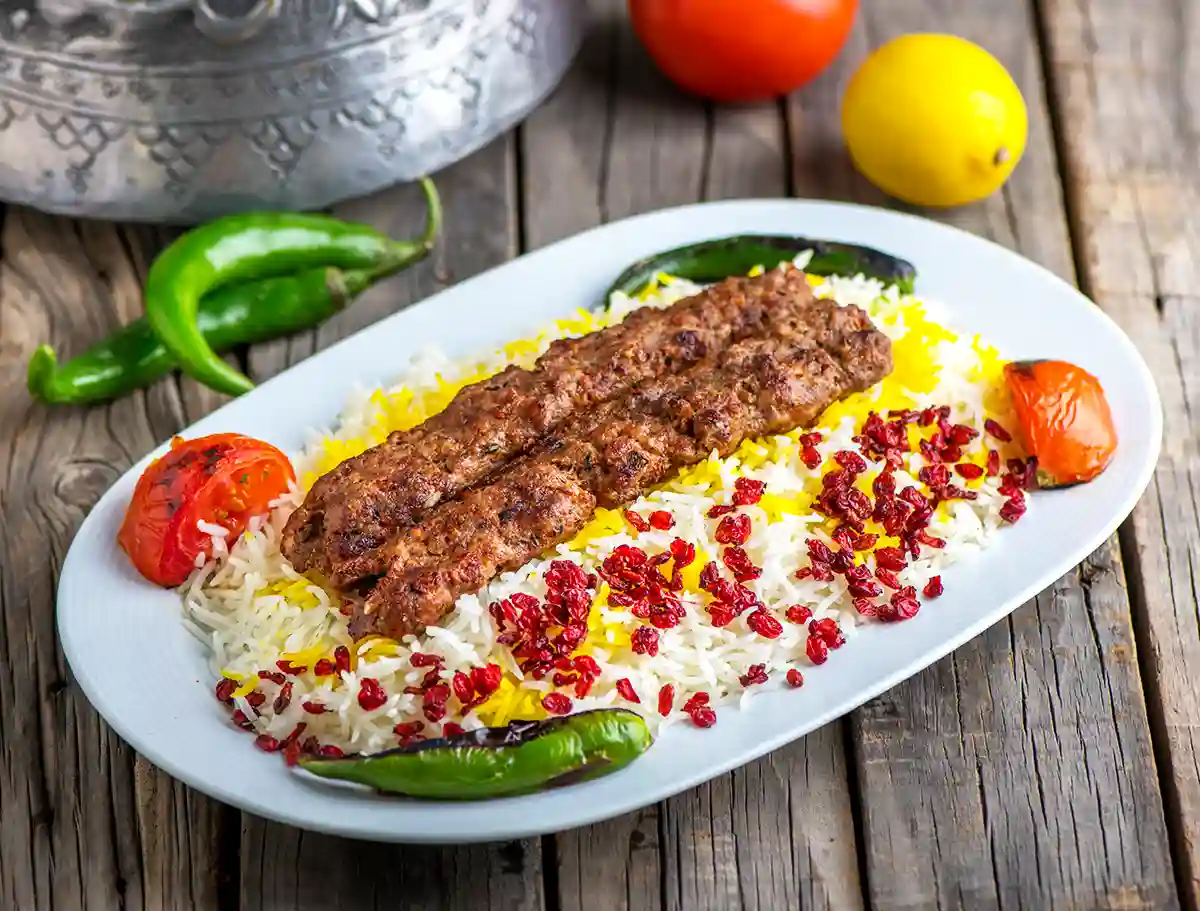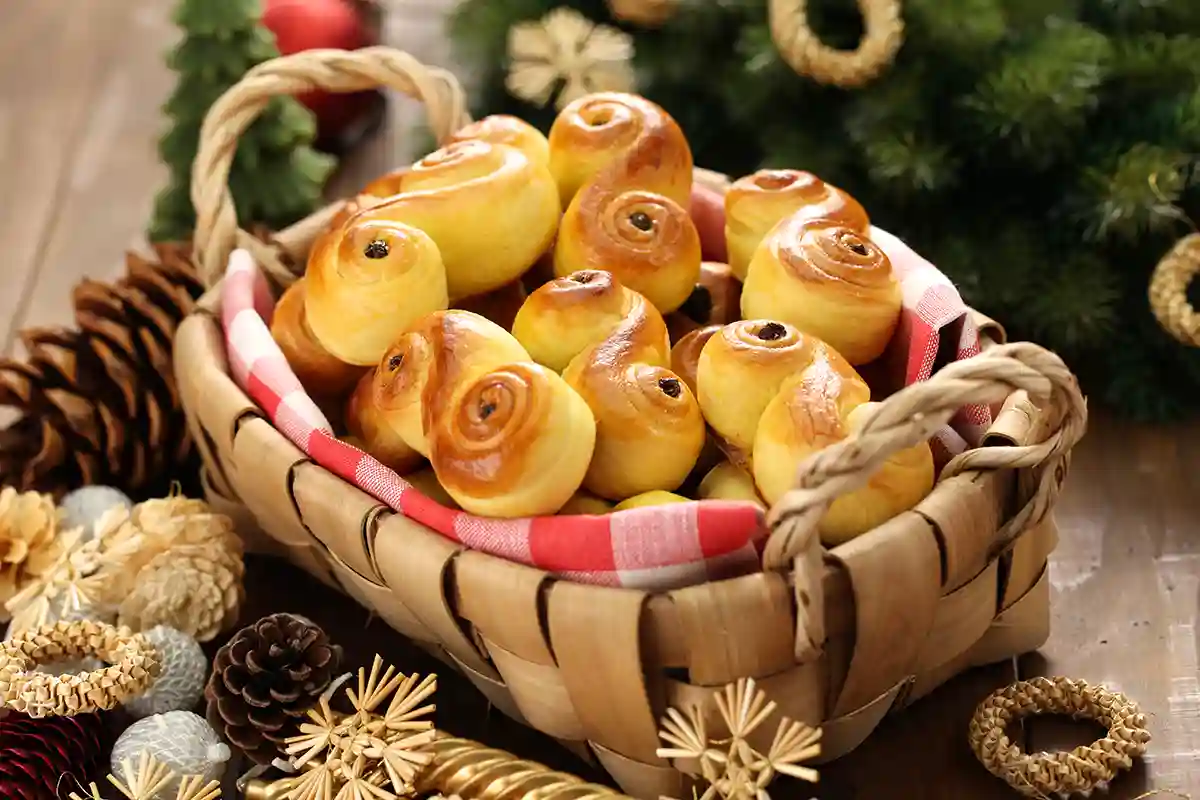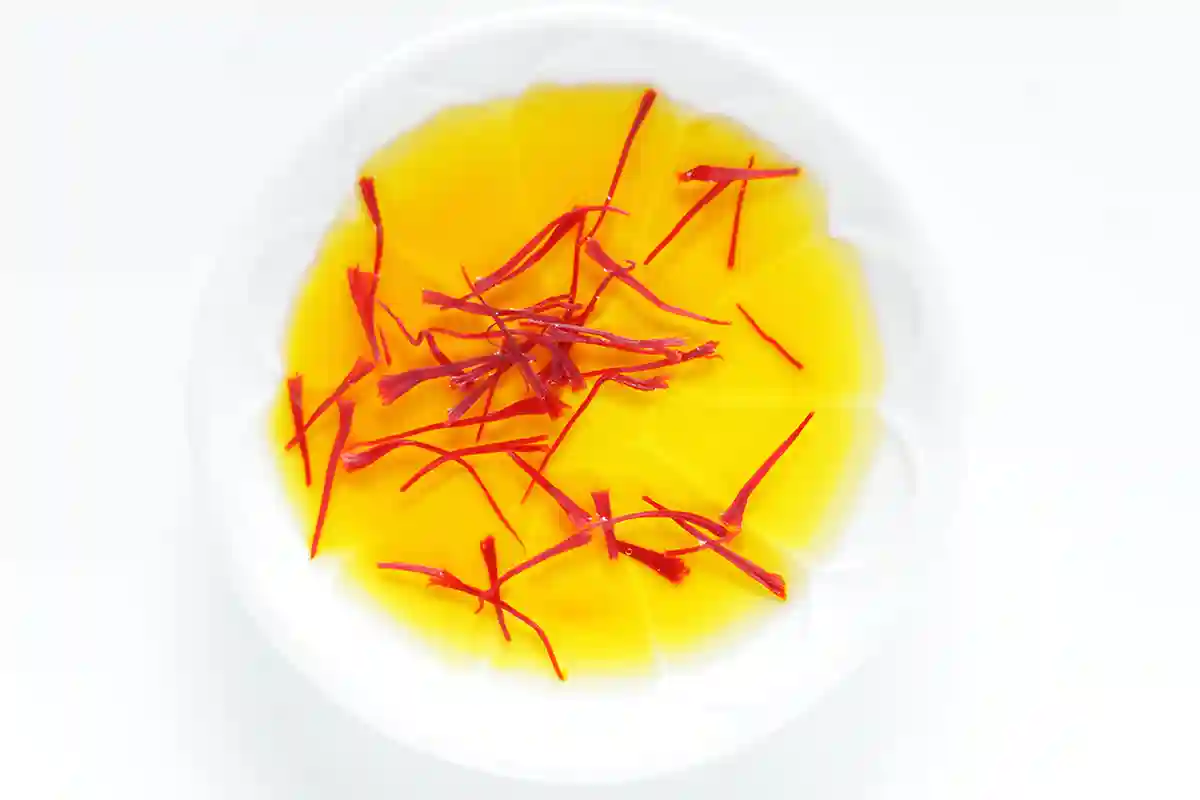Saffron in the kitchen
Saffron is used in cooking in many countries around the world and is in many cases part of the culinary culture in different regions. Below we give you some examples of the use of saffron in different countries.
 In Iran, saffron is used in almost every Iranian dish. Considered the national dish of Iran, Chelow kabab consists of steamed saffron rice and one of many varieties of Iranian kebab. Sholezard is a traditional Iranian rice pudding dessert with saffron. It is traditionally served on the occasion of festivals such as Ramazan.
In Iran, saffron is used in almost every Iranian dish. Considered the national dish of Iran, Chelow kabab consists of steamed saffron rice and one of many varieties of Iranian kebab. Sholezard is a traditional Iranian rice pudding dessert with saffron. It is traditionally served on the occasion of festivals such as Ramazan.
In India, saffron is an important ingredient in many rice, sweets and ice cream recipes. Saffron is also used in Indian Moghul cuisine, for example to make Shahi Raan, royal roast leg of lamb with saffron raisin sauce.
In the Middle East, saffron is used along with cardamom to flavor Arabic coffee.
In northern Italy, saffron is essential in the preparation of the famous risotto.
 In Scandinavian countries, the feast of the patron saint Santa Lucia is celebrated on December 13 and special Lucia saffron buns are baked for this day called Lussekatter (Lucy's kitten).
In Scandinavian countries, the feast of the patron saint Santa Lucia is celebrated on December 13 and special Lucia saffron buns are baked for this day called Lussekatter (Lucy's kitten).
Saffron is widely used in Spain and Portugal and its golden yellow color can be found in their fish and seafood broths. Saffron is always used in the Spanish national dish paella. The basis of paella consists of rice, saffron and olive oil, supplemented with various ingredients such as chicken, chorizo, mussels, langoustines and peas.
The Pennsylvania Dutch, German immigrants who settled eastern Pennsylvania during the 18th and 19th centuries, still use saffron to color and flavor their classic Amish dish: Chicken Pot Pie. It's a homey and delicious stew made with chicken, vegetables, chicken broth and chewy homemade noodles.
How to prepare saffron for cooking use
To make the most of the saffron's aroma and flavor, the saffron threads should be soaked in cold water, broth or even alcohol before adding them to a dish. Pre-soaking also ensures that the saffron gives off its beautiful deep yellow color to the liquid, making it easier to spread the color and flavor throughout the dish. It is often said that you should soak saffron in hot liquid, but it is better to use cold liquid because then the saffron retains its medicinal properties and also gives off much more flavor and color.
Preferred method
 For every teaspoon of saffron threads, add 3 tablespoons of liquid; use a spoon to make sure the saffron gets well soaked (don't squash the threads). Soak the saffron for at least two hours. The mixture can be soaked for up to 12 hours, but two hours is enough to get the desired effect. The threads will expand to about one and a half times their dry size and can be added to the dish along with the liquid.
For every teaspoon of saffron threads, add 3 tablespoons of liquid; use a spoon to make sure the saffron gets well soaked (don't squash the threads). Soak the saffron for at least two hours. The mixture can be soaked for up to 12 hours, but two hours is enough to get the desired effect. The threads will expand to about one and a half times their dry size and can be added to the dish along with the liquid.
Fast method
Put a teaspoon of saffron in a ceramic mortar and add a little sugar to make it easier to grind. Grind the saffron and sugar into a uniform powder. Then add 5 teaspoons of liquid for each teaspoon of saffron and allow the mixture to soak for 20 minutes before adding to the dish.
Cooking with saffron
The rule is that a little bit of saffron will be enough for a dish. When determining the amount of saffron to use for cooking, keep in mind that the saffron flavor will be stronger the second day. In general, a pinch of saffron, about 0.3 to 0.4 grams, is sufficient for, for example, soups and stews for 4 to 6 people.
Saffron is especially recommended when preparing fish dishes such as bouillabaisse and paella. Often it is also used in risotto and other rice dishes. Try adding some to your next beef stew or homemade sauces. To make a delicious marinade for fish, add saffron threads, garlic and thyme to vinegar. Saffron is also used in baking bread and cakes. Use your imagination and be creative when you use saffron in the kitchen and be surprised by its many uses.






















 BIO bulbs
BIO bulbs
 NON-BIO bulbs
NON-BIO bulbs
 Wholesale
Wholesale
 Miscellaneous flower bulbs
Miscellaneous flower bulbs
